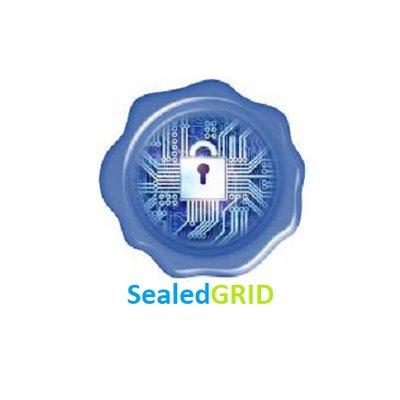
SealedGRID Submitted Deliverables

The SealedGRID deliverables are available on our website, you can find them here. The available deliverables are the following: a) D2.1: Technical requirements and reference architecture and b) D3.1: Key management component.
D2.1: Technical requirements and reference architecture: This deliverables contains the business cases, the technical requirements and specifications and the reference platform architecture. The business cases focus on specific Smart Grid communication and management scenarios, such as: i) the single domain SealedGRID scenario, where all Smart Grid devices will be SealedGRID enabled and be part of a single administrative domain, ii) the multi-domain SealedGRID scenario, where all Smart Grid devices will be SealedGRID enabled and interconnections will have to be managed, and iii) the mixed scenario, where only some of the Smart Grid devices will be SealedGRID enabled and interactions between SealedGRID and legacy devices, as well as inter-connections will have to be managed. The reference platform architecture is a high level breakdown of the system into building blocks that comprises the architectural viewpoints of different SG stakeholders, and includes: i) the communication viewpoint that will deal with secure communication aspects of the Smart Grid, and ii) the interoperability viewpoint that will focus on the inter-connection of the SealedGRID platform with legacy or other Smart Grid communication systems, incorporating standardised architectural approaches such as those described in IEC-62351
D3.1: Key management component: This deliverables includes the design and implementation of the SealedGRID key management component. This component includes a reputation based path ranking mechanism that assess different potential trust paths among Smart Grid entities, as well as the level of trust of each certificate endorser. Moreover, this includes the evaluation of this component that is performed through large-scale simulations in order to test scalability and efficiency.
Resources for EU Research
Resources for SMEs
News & Events
Reports
Cyberwatching.eu has received funding from the European Union’s Horizon 2020 research and innovation programme under grant agreement No 740129. The content of this website does not represent the opinion of the European Commission, and the European Commission is not responsible for any use that might be made of such content. Privacy Policy | Disclaimer / Terms and Conditions of Use
